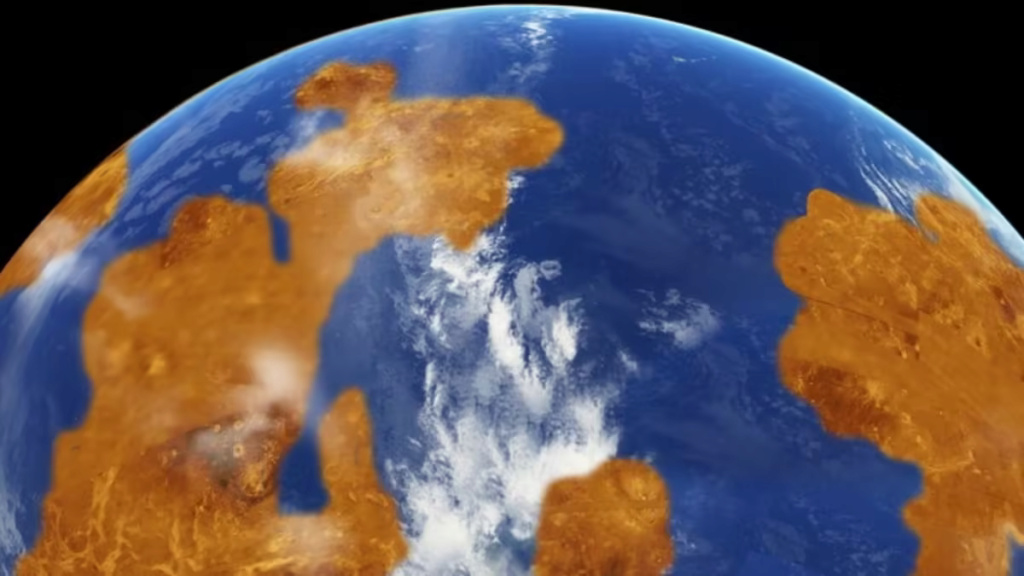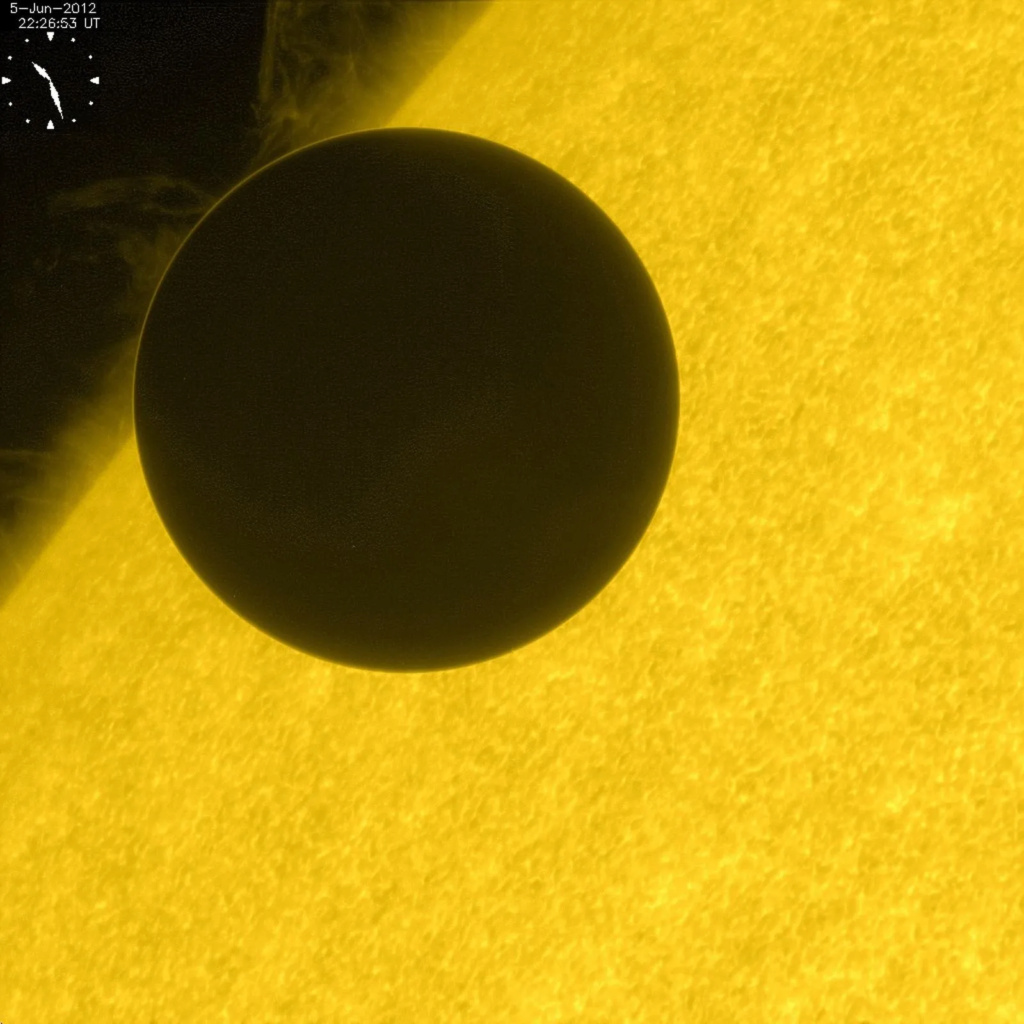!Oceans existed on Venus before it became a planet from hell

Venus may have been habitable more than 3 billion years ago with liquid water on its surface, but it has turned into a toxic, scorching world unfit for life as we know it.
Planetary scientists have modeled the history of Venus's atmosphere and determined that the lack of oxygen in Venus' present atmosphere can be explained either by the loss of oxygen to space or its retention in oxidizable magma.
The lack of data on Venus's surface composition and past volcanic activity makes it difficult to confirm model results, but future missions could help narrow down potential early conditions for habitation.

A recent study shows that Venus, despite being a toxic and burning world, may have had habitable conditions in the past.
Planetary scientists Alexandra Warren and Edwin Keit of the University of Chicago modeled the history of Venus's atmosphere to determine the rate and mechanisms of oxygen loss. The study revealed that if the planet had liquid water, it would have been more than 3 billion years ago, and it only lasted for a short period before it turned into the dry world it is today.
The lack of oxygen in the atmosphere of Venus baffled scientists, as it was assumed that the oxygen would remain in the atmosphere after the hydrogen leaked into space when the water evaporated. The study revealed that oxygen may be trapped in oxidizable lava, such as basalt, on the surface of the planet or may have leaked into space.

The extent of Venus's past volcanic activity may be constrained by the amount of radioactive argon still present in the planet's atmosphere. By determining how active Venus's volcanic activity was in the past, the researchers were able to estimate how much water the planet might have. The answer is that the oceans of Venus cannot be more than 300 meters deep, which is less than 10 percent of the average ocean depth on Earth, which is 3,688 metres.
The lack of oxygen in Venus' present atmosphere can be reconciled with the early habitable conditions. However, the loophole is narrow. Less than 0.4 percent of model runs were successful when taking into account the full extent of Venus' current atmosphere. Future missions may attempt to measure the composition of Venus's surface to help determine if the planet really fell into this very narrow gap.
Planetary scientists want to know how and why Venus reached its current state. Since Venus is so similar to Earth, knowing its history can help us figure out how likely our home planet is to follow the same path.
In conclusion, this study, published in the Proceedings of the National Academy of Sciences, shows that Venus may have had habitable conditions in the past, but these conditions were short and occurred more than 3 billion years ago. The lack of oxygen in Venus's atmosphere remains a mystery, but the study suggests that the oxygen may be trapped in oxidizable magma or leaking into space.
Source : websites

